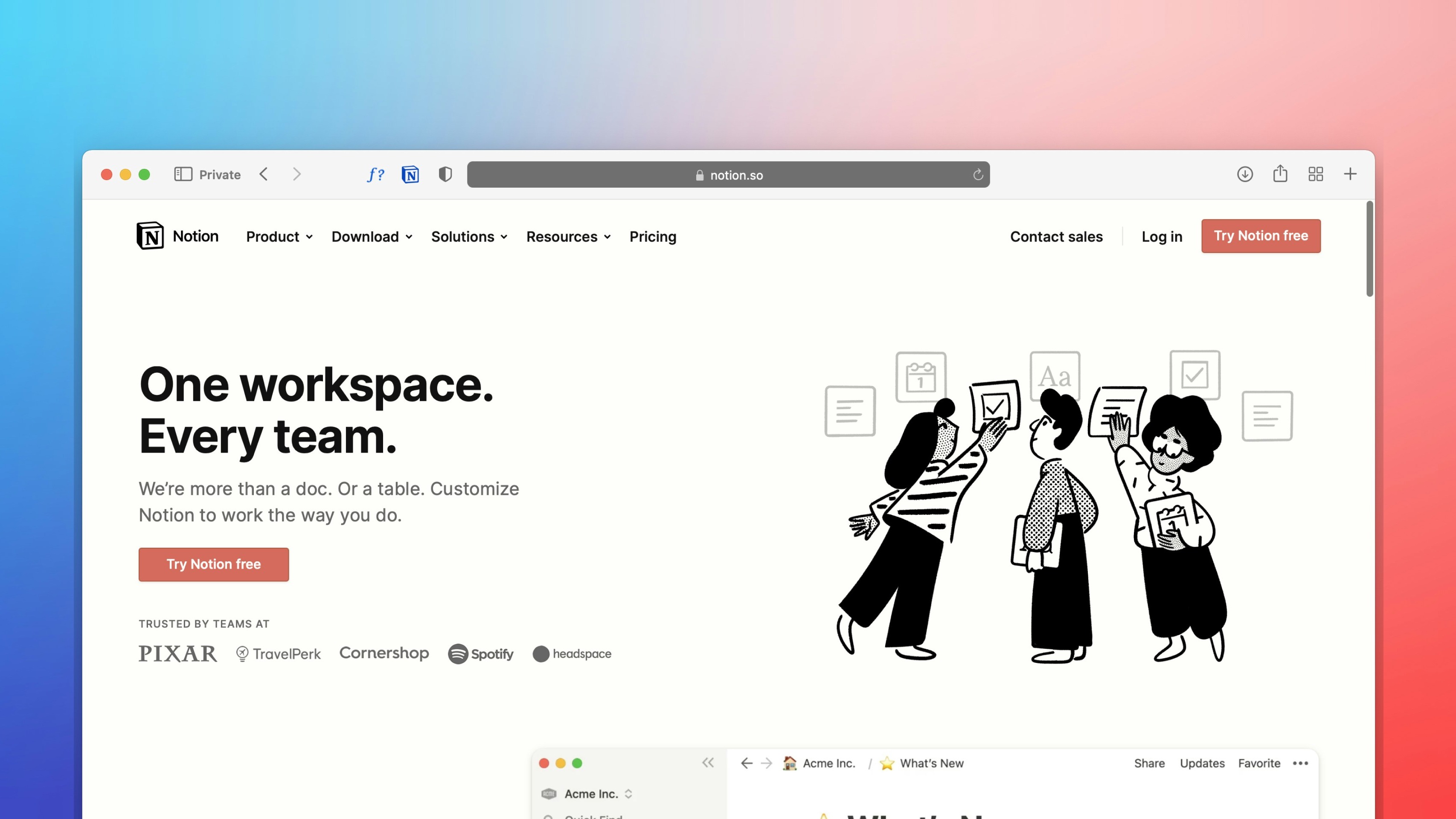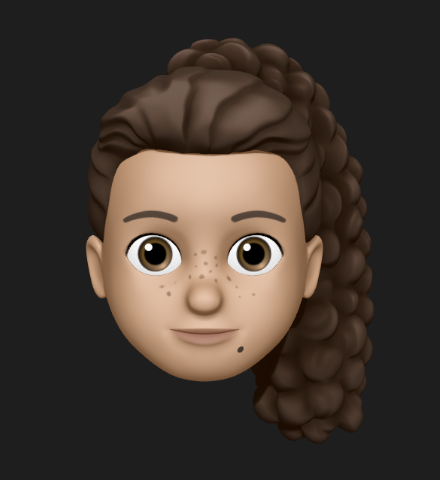 Freelancer tips
Freelancer tips Notion: What It Is, What It’s For, and How to Use It in Your Daily Life
Want to better organize your life and work? Notion can help boost your productivity. Click here to discover what this software is and what it’s used for.



For freelancers, knowing how to write an essay can be very helpful. It doesn't matter if you are a programmer, designer, or writer, producing a well-written essay can help highlight your expertise in your field. High quality essays can improve your reputation and the clients you can attract for your services.
In addition, essay writing is a skill in high demand, so it's likely you can help other people write essays following a simple structure. Essays are a good option to consider when putting together your service offer.
However, not everyone knows how to start an essay, and that's why you're here, right?
Well, an essay is an expression of ideas, but writing an essay also involves the structure and argumentation that shapes it. This structure is why many find it challenging, even more so if they don't have a clear notion of how to write an essay.
That's why you need a proper guide to help you in this process, and that's what you'll find in this article today. Below is a helpful guide, a few tips and 10 examples of how to write an essay.
Before diving into details on how to start an essay, it's important to understand its conception. An essay is defined as a form of written expression where the author can explore, study, and share reflections on a particular topic.
It is a literary format where writers present their ideas with backed-up evidence, often combining subjectivity with objectivity.
There are at least 10 different types of essays, including:
Critical. Evaluates positions on a topic.
Argumentative. Presents perspectives supported by research.
Descriptive. Describes vivid details of places or experiences.
Sociological. Focuses on investigating and explaining phenomena related to society.
Other categories include historical, philosophical, literary, biographical, scientific, and expository essays.
In addition, essays can have certain aspects that characterize them, for example:
They deal with different genres.
They have a formal structure.
They require previous knowledge of the topic.
They tend to close with a conclusion or hypothesis.
Their development is usually brief and focused, but their length depends on the author.
There is freedom in terms of style.
Any type of topic is allowed.
Home office and freelancing are gaining popularity among digital nomads, as they offer various advantages that are hard to ignore. For freelancers, writing essays is a tool that can be used to enhance their careers by providing benefits like:
Building Professional Reputation. Writing quality essays demonstrates expertise and knowledge in a particular area, contributing to the construction of a strong reputation in the job market.
Setting Apart from Competition. Publishing essays on freelance work platforms distinguishes freelancers from the competition, indicating their ability to communicate ideas effectively.
More Job Opportunities. This type of skill enhances a freelancer's versatility, proving to be an effective strategy that opens doors to collaborations with other professionals, companies, or academics seeking communicative and versatile profiles.
Essays also serve as effective elements for a freelancer's portfolio, provided they are well-written. So, once you know how to write an essay, consider freelancing to expand your network and access relevant projects.
Don't worry about payment; with DolarApp, you can receive and convert earnings into dollars or pesos, offering a great option to save on exchange rates.
An essay consists of a basic structure, which breaks down into three essential parts:
1. Introduction. Serves as the gateway to the topic, summarizing the central theme.
2. Body. Comprises the most extensive and substantive part, expanding on ideas, arguments, and constructing a fluid narrative.
3. Conclusion. The end of the essay, where the author states a clear position on the topic, summarizes previous opinions, and emphasizes the most relevant points.
Thanks to the structure, the reader has an organized guide from the beginning of the text until the writer expresses their ultimate position.
We've reached the main point of this post: how to write an essay. Here's a complete and detailed guide:
Opt for a topic that interests you but is also relevant, making sure that you fully understand the subject.
Gather information on the topic using reliable sources as references, such as Google Scholar, Scielo, or JSTOR. Take notes on significant data.
Formulate a concise, clear thesis that reflects the main position of the essay. It should be debatable and specific.
Develop an outline to organize your ideas logically, with an introduction outlining the theme and your thesis. Then, add related sections that present arguments and evidence.
Dedicate each paragraph to a specific point supporting your thesis. Provide solid evidence and include examples that illustrate your arguments while maintaining logic and coherence between paragraphs.
Synthesize key points and reinforce your thesis, but try not to introduce new information. Emphasize the importance of your argument to leave a lasting impression on the reader.
Read your essay carefully to check for coherence, grammar errors, or structural issues.
If using external sources, cite them correctly following APA format to ensure the integrity of your work.
Did you take note to learn how to write an essay? We hope so.
In this section, we want to offer some useful tips to give you an idea of how to start an essay or, in any case, enhance their quality:
Start with an introduction capable of capturing the reader's attention.
Keep the central theme present to avoid deviations.
Use appropriate language and an active voice.
Use correct connectors to link ideas smoothly.
Clearly present the main theme in the first paragraph.
Include citations correctly, either in the body or in the bibliography at the end of the essay.
Don't forget to conclude the essay topic discussed.
Check for coherence, spelling, and grammar.
By following these guidelines, you'll know how to write an essay or improve its quality.
The previous sections explain how to start an essay. However, perhaps visualizing examples will help you identify various points mentioned.
Therefore, here's a list of 10 essay examples for you to review:
1. Social Media and Public-Private Dilemmas by Florencia Pellandini and others.
2. Poverty is Multidimensional: A Classification Essay by Javier Iguiñiz Echeverría.
3. Scientific Essay on Ecological Awareness by Editorial Team, Etecé.
4. The Little Prince by Noé Chávez López.
5. Jean Paul Sartre: Brief Reflections on His Anti-colonial Thought by Marcos Govea – Marielvis Silva.
6. Essay on Environmental Pollution by Gabriel Celisc.
7. Futures for Higher Education Awaiting 2050 by Marcela Mollis (IUCoop).
8. One Hundred Years of Solitude" by Gabriel García Márquez by Wolfgang Amadeo Streich.
9. Of Networks and Bodies: An Essay on Love in the Age of Technologies by Hertz Wendel De Camargo and Vanina Belén Canavire.
10. Essay on Bullying or School Harassment by Reyna Galvez.
Keep in mind that the essay style and format may vary depending on the educational institution that requests it.

The world has borders. Your finances don’t have to.
 Freelancer tips
Freelancer tips Want to better organize your life and work? Notion can help boost your productivity. Click here to discover what this software is and what it’s used for.

 Freelancer tips
Freelancer tips Project chaos? Learn how Trello can help you organize tasks and improve your productivity.

 Freelancer tips
Freelancer tips ClickUp can make any freelancer more productive. Discover what it is, how it works, and the advantages this tool offers you


